NFTs on the Bitcoin network are becoming increasingly popular. Why are they being criticised in the cryptocurrency community?
The launch of Ordinals last month caused a furor in the cryptocurrency community. In general, many have criticised the emergence of Bitcoin-based NFTs, as such activity strains the blockchain and results in significantly higher fees. Be that as it may, over 11,000 Bitcoin-based NFTs have already been generated using Ordinals, which means the phenomenon is in demand. But what are prominent fans of digital assets saying about it, and what could be the reason for dislike of what’s happening?
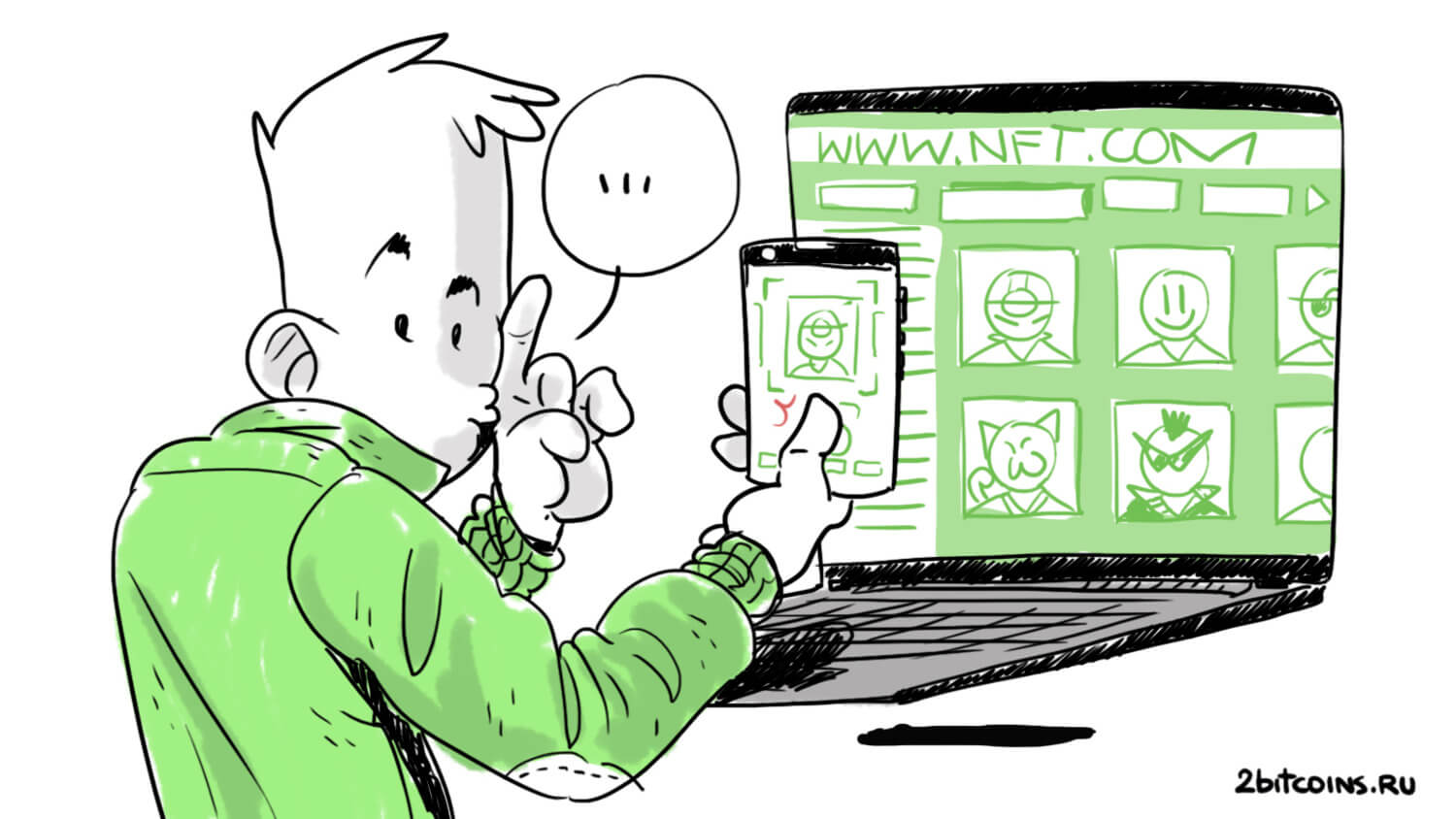
As a reminder, the idea of integrating unique tokens into Bitcoin's blockchain is not new and was implemented back in 2014 in the form of the Counterparty project and the Rare Pepes collection. Then its counterpart called Stacks appeared in 2017, and now Ordinals has been released.
The latter differs from its predecessors in features: Ordinals "inscribes" NFT data into individual satoshis - indivisible parts of one bitcoin, which are equal to 0.00000001 BTC. The project does not need sidechains, i.e. additional chains based on the main blockchain, or any other second-tier solution.
We checked the current situation with NFT. Trading volumes of non-interchangeable tokens are in the tens of millions of dollars. The leader among blockchains with NFT transactions remains Etherium, with nearly $41 million in the last 24 hours. In second place is Solana, with volumes just under $3 million.
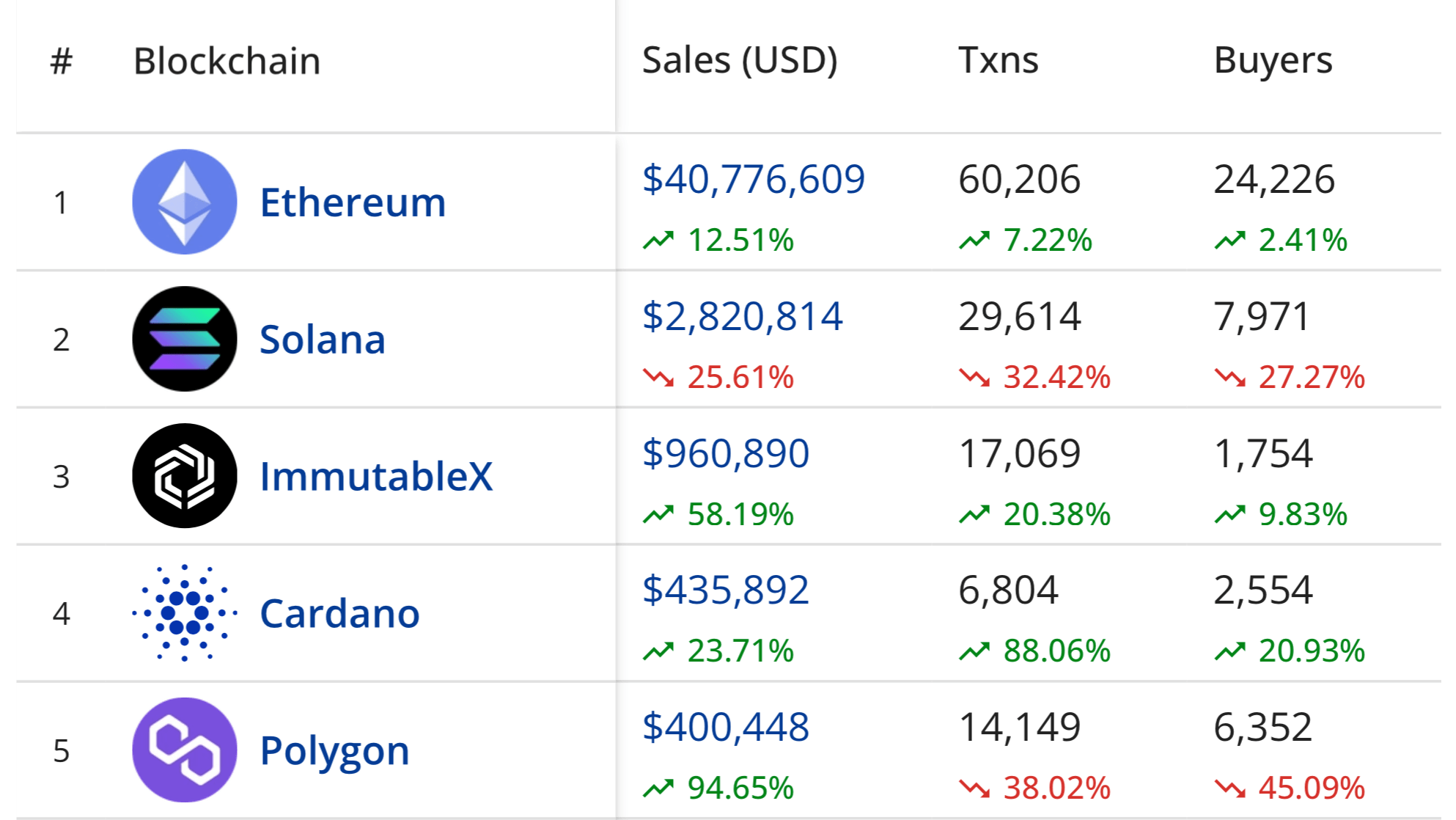
Trading volumes with NFT tokens in the last 24 hours on various blockchains
For Solana, January 2023 was a record year in terms of trading volumes with NFT. However, in this case, the figure is not calculated in dollar terms, but as a native SOL token. But this is also a great result for the cryptocurrency market in the current phase.
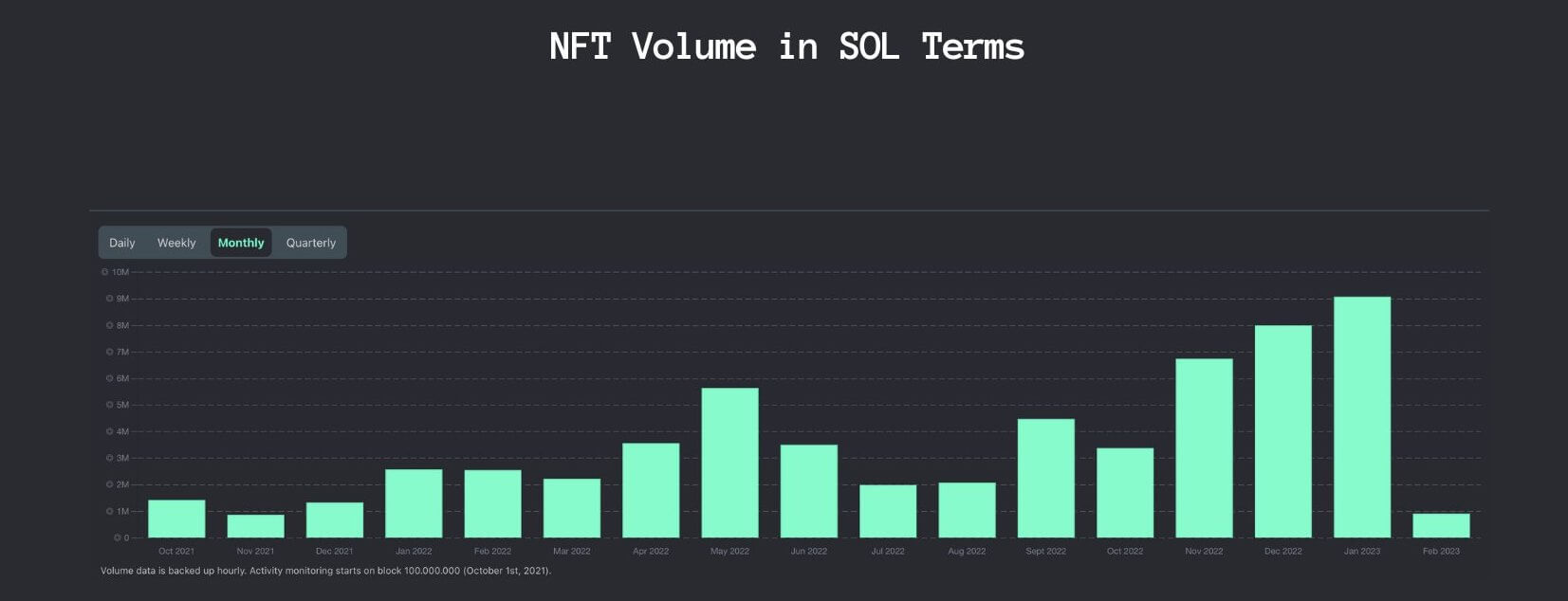
Trading volumes with NFT in the Solana network in terms of SOL
The bottom line is that the popularity of non-interchangeable tokens remains at a high level as a bear market. It is therefore not surprising that this trend has also reached Bitcoin’s blockchain, which does not support smart contracts.
How NFTs work on Bitcoin
There is quite a lot of conflicting information surrounding Ordinals. Here, for example, is a warning from a Pledditor username posted on Twitter.
Ordinals’ blockchain browser should be used with caution. It implements auto-executable Javascript code in your browser, which could potentially be considered malware. It resembles a minefield.

Bitcoin fans
According to Decrypt’s sources, Ordinals has also developed a camp of supporters. Popular Bitcoin enthusiast Dan Held tweeted his support for the project and said it was “good for Bitcoin”. Held shared a screenshot from a letter from the late first Bitcoin recipient Hal Finney, in which he wrote about “cryptocurrency trading cards”.
As a result, Held claims that Finney would have been delighted at the prospect of Ordinals developing.
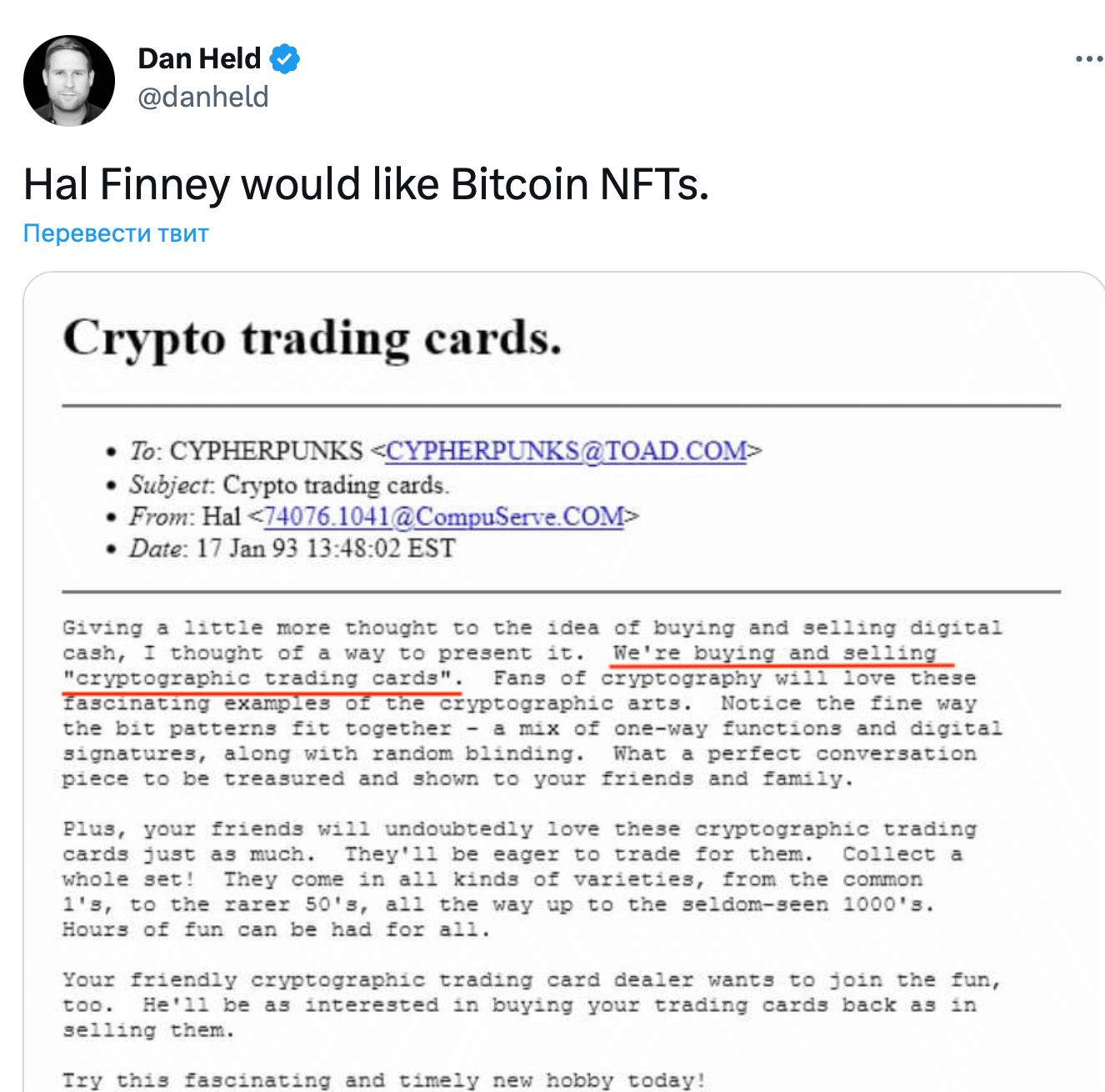
Dan Held’s tweet
As a reminder, Hal Finney is one of the first Bitcoin developers to work closely with its anonymous creator Satoshi Nakamoto. Finney is also the first person to mention the cryptocurrency’s name on Twitter. He passed away in 2014 from illness. While he was still alive, there were theories that Finney was in fact Satoshi Nakamoto.
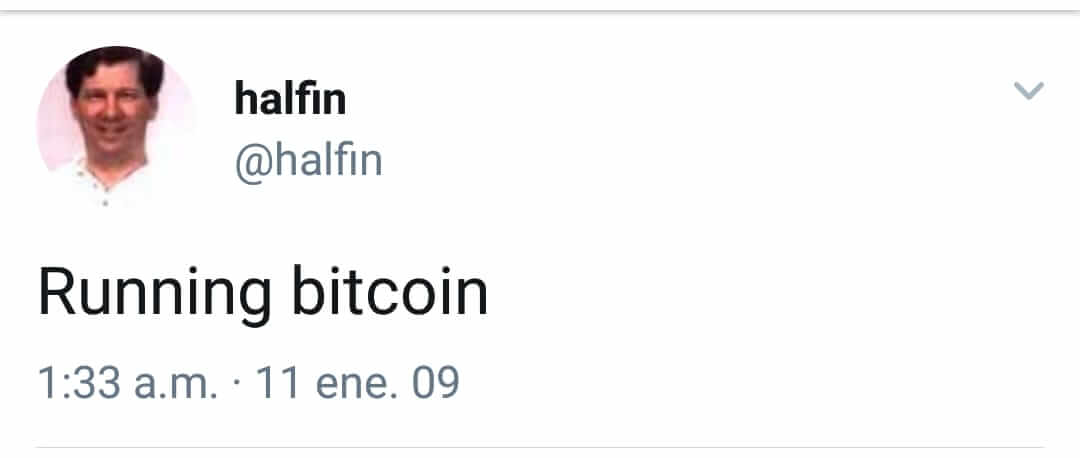
The first tweet about Bitcoin
Satoshi Action CEO and co-founder Dennis Porter has also come out in support of Ordinals. According to him, the rise in commissions on the Bitcoin network can well be perceived as a positive development – thanks to it, miners of the main cryptocurrency got a chance to improve their financial situation.
We have clarified the latest data: Bitcoin miners' yields are now several times lower than when the market was growing in 2021. However, January 2023 was more profitable compared to the end of 2022. The total for the beginning of this year is $593 million, which means that the bottom of the figure could in theory have already passed.

Bitcoin miners’ profitability by month
Crypto-enthusiast Eric Podwojski has suggested expanding the scope of Ordinals beyond the already familiar pictures on the blockchain. Here’s his rejoinder to that effect.
Random JPEG pictures as “captions” in satoshi via Ordinals is boring. But NFTs containing texts of banned books, bibles, leaked government documents and so on are much more interesting.
In this case, the cryptocurrency fan suggests taking advantage of the fact that the data in the Bitcoin blockchain cannot be changed, in addition it remains open to the public forever. So, in theory, Ordinals’ NFTs could become a real treasure trove of useful – and not so useful – information for all of humanity.

Average Bitcoin block size
The main argument of critics of NFT on Bitcoin is the serious increase in blockchain weight in a short period of time due to new information. That said, a Twitter user nicknamed Spenny believes that the current situation for the cryptocurrency should be assessed from a different perspective. Here’s his approach.
If Ordinals can kill Bitcoin, then it wasn’t “alive” to begin with.
In other words, the first cryptocurrency's network has to cope with what is happening. Otherwise, its capabilities will be too limited, so the developers will probably stop their own experiments.

The rise of Bitcoin-based NFTs
Bitcoin-based NFTs are unlikely to become anything serious due to this cryptocurrency's blockchain limitations. Still, it can handle roughly 5-7 transactions per second, which is barely enough for normal value transfers. And the popularisation of tokens will put a serious strain on the network, making it slower and more expensive. So it's easy enough to understand the critics who are unhappy with the increase in transaction fees. That said, we think that unique tokens on the Bitcoin network will prove to be an interesting experiment with a limited range of uses rather than a new trend among BTC enthusiasts.
What do you think about it? Share your opinion in our millionaires cryptochat. There we will talk about other important topics that relate to the world of decentralized assets.















